

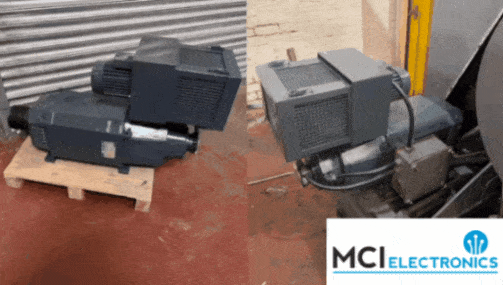
Date posted:
MCI has a customer who sells and refurbishes machinery. This time, they had a centre lathe that could not power up. We received an old KTK DC Thyristor drive and motor to test and repair from it. Our engineers set to work, and found lots of blown electronic components, Relays…
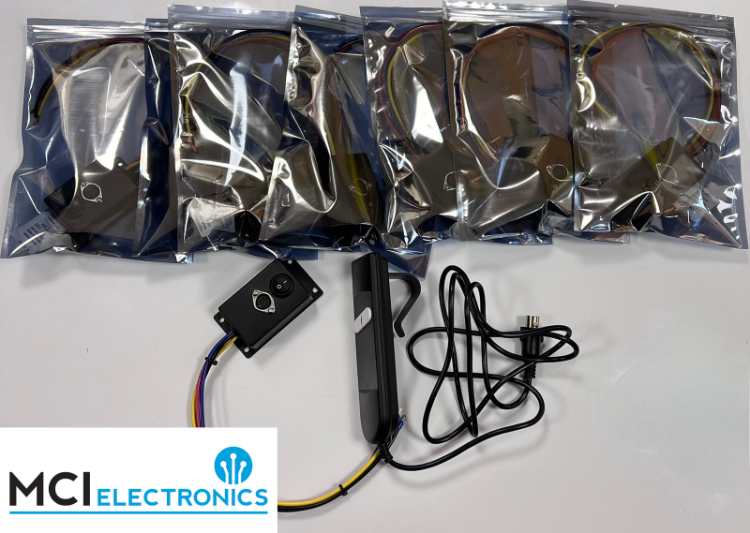
Date posted:
MCI recently had the opportunity to work with a manufacturer of mobility aids for vehicles. This company approached us to design and build an initial batch of 25 specialised control boxes. These control boxes serve a crucial role, allowing users to simply plug in handset to effortlessly operate the up…
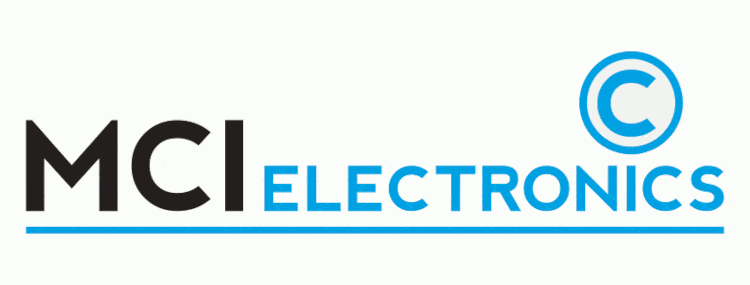
Date posted:
This week MCI visits the world of copyright. The 23rd April is World Book and Copyright Day. Copyright law in the UK has a very long history starting in 1710 with the Statute of Anne. It marked a pivotal moment, with the Statute pioneering governmental oversight and legal protection for…

Date posted:
MCI wants to celebrate a important part of our local history. As some of you will know, our office is in Falkirk. Falkirk is famous for its giant sculptures of two horses’ heads called the Kelpies. The sculptures stand in a beautiful park called the Helix. The sculptures were unveiled…
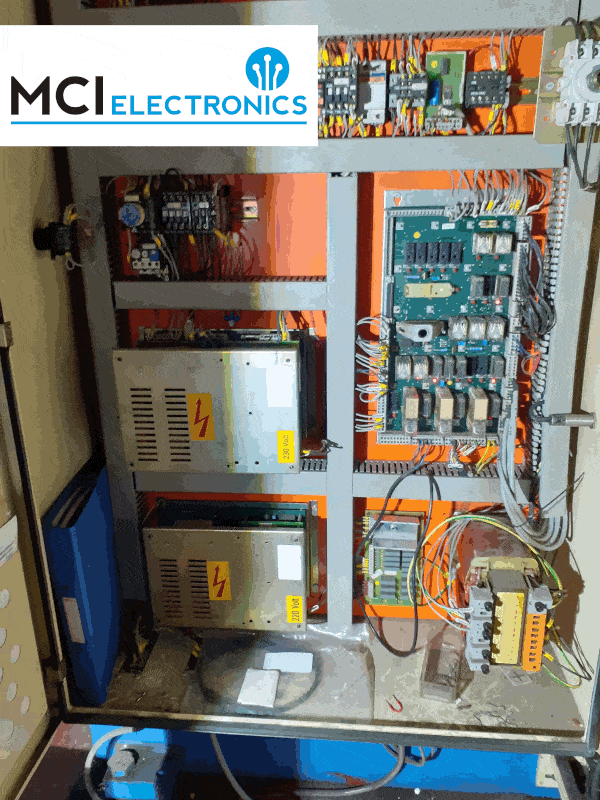
Date posted:
MCI was called out to another new customer. The customer is a local stainless steel fabrication company. Their press brake machine was not working at full capacity. For those of you who are not familiar, a press brake is a machine that bends flat pieces of metal into shapes or…
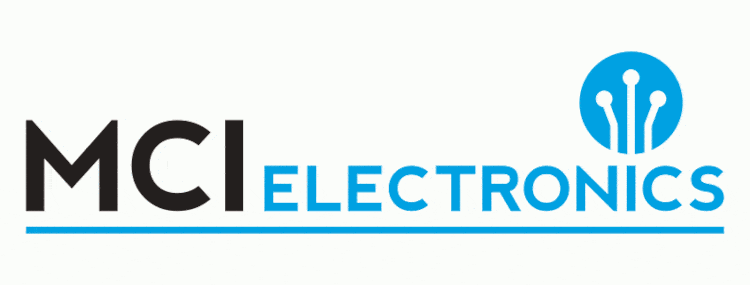
Date posted:
Last Friday, MCI were celebrating National Flash Drive Day. For those of us old enough to to remember 20cm floppy discs, temperamental, bendable square storage devices. These giant floppy discs might just save your document long enough to get it to another computer, so the invention of the flash drive…

Date posted:
MCI received a meat slicer with a fault from a food manufacturer. Our engineers set to work to find out what was wrong and discovered that the inverter drive had failed. We replaced the drive, and the meat slicer was back in action. Another happy customer! If you are having…
before and after control panel repair distribution electronic equipment repair emergency repair environmentally friendly faultfinding food processing machinery industrial electronics machine modification obsolete machinery PCB repair production line repair refurbishment replacement part sourcing
MCI Electronics Ltd
We firmly believe that the internet should be available and accessible to anyone, and are committed to providing a website that is accessible to the widest possible audience, regardless of circumstance and ability.
To fulfill this, we aim to adhere as strictly as possible to the World Wide Web Consortium’s (W3C) Web Content Accessibility Guidelines 2.1 (WCAG 2.1) at the AA level. These guidelines explain how to make web content accessible to people with a wide array of disabilities. Complying with those guidelines helps us ensure that the website is accessible to all people: blind people, people with motor impairments, visual impairment, cognitive disabilities, and more.
This website utilizes various technologies that are meant to make it as accessible as possible at all times. We utilize an accessibility interface that allows persons with specific disabilities to adjust the website’s UI (user interface) and design it to their personal needs.
Additionally, the website utilizes an AI-based application that runs in the background and optimizes its accessibility level constantly. This application remediates the website’s HTML, adapts Its functionality and behavior for screen-readers used by the blind users, and for keyboard functions used by individuals with motor impairments.
If you’ve found a malfunction or have ideas for improvement, we’ll be happy to hear from you. You can reach out to the website’s operators by using the following email
Our website implements the ARIA attributes (Accessible Rich Internet Applications) technique, alongside various different behavioral changes, to ensure blind users visiting with screen-readers are able to read, comprehend, and enjoy the website’s functions. As soon as a user with a screen-reader enters your site, they immediately receive a prompt to enter the Screen-Reader Profile so they can browse and operate your site effectively. Here’s how our website covers some of the most important screen-reader requirements, alongside console screenshots of code examples:
Screen-reader optimization: we run a background process that learns the website’s components from top to bottom, to ensure ongoing compliance even when updating the website. In this process, we provide screen-readers with meaningful data using the ARIA set of attributes. For example, we provide accurate form labels; descriptions for actionable icons (social media icons, search icons, cart icons, etc.); validation guidance for form inputs; element roles such as buttons, menus, modal dialogues (popups), and others. Additionally, the background process scans all the website’s images and provides an accurate and meaningful image-object-recognition-based description as an ALT (alternate text) tag for images that are not described. It will also extract texts that are embedded within the image, using an OCR (optical character recognition) technology. To turn on screen-reader adjustments at any time, users need only to press the Alt+1 keyboard combination. Screen-reader users also get automatic announcements to turn the Screen-reader mode on as soon as they enter the website.
These adjustments are compatible with all popular screen readers, including JAWS and NVDA.
Keyboard navigation optimization: The background process also adjusts the website’s HTML, and adds various behaviors using JavaScript code to make the website operable by the keyboard. This includes the ability to navigate the website using the Tab and Shift+Tab keys, operate dropdowns with the arrow keys, close them with Esc, trigger buttons and links using the Enter key, navigate between radio and checkbox elements using the arrow keys, and fill them in with the Spacebar or Enter key.Additionally, keyboard users will find quick-navigation and content-skip menus, available at any time by clicking Alt+1, or as the first elements of the site while navigating with the keyboard. The background process also handles triggered popups by moving the keyboard focus towards them as soon as they appear, and not allow the focus drift outside it.
Users can also use shortcuts such as “M” (menus), “H” (headings), “F” (forms), “B” (buttons), and “G” (graphics) to jump to specific elements.
We aim to support the widest array of browsers and assistive technologies as possible, so our users can choose the best fitting tools for them, with as few limitations as possible. Therefore, we have worked very hard to be able to support all major systems that comprise over 95% of the user market share including Google Chrome, Mozilla Firefox, Apple Safari, Opera and Microsoft Edge, JAWS and NVDA (screen readers).
Despite our very best efforts to allow anybody to adjust the website to their needs. There may still be pages or sections that are not fully accessible, are in the process of becoming accessible, or are lacking an adequate technological solution to make them accessible. Still, we are continually improving our accessibility, adding, updating and improving its options and features, and developing and adopting new technologies. All this is meant to reach the optimal level of accessibility, following technological advancements. For any assistance, please reach out to